

Car manufactures need to rethink their approach to touchscreens. This isn’t a particularly novel thought, but now I feel car makers are finally starting to see the light.
Some are still forging ahead with a near-total removal of all physical controls, relegating even the glove box release, wipers and steering wheel position controls to the touchscreen. But others have seen sense.
My long-term Genesis GV60 review car is a prime example. Here is a new electric car packed full of technology, from facial recognition and a fingerprint reader, to a connected phone app and the ability to use your phone as the key. Yet it also has lots of physical controls.

The GV60 has physical buttons for its heated (and cooled) seats
There are proper, clicky buttons for functions like the heated seats and steering wheel, pictured above. These are joined by toggle switches for the cabin temperature, a scroll wheel for media volume, and proper light and wiper stalks that don’t just work in the conventional way, but even show on the driver display what setting you’ve just moved them to, so you don’t need to peer around the wheel for a better look.
More buttons are used for accessing key functions like the radio and navigation, while even the digital climate display has a haptic click to it, meaning it works with a prod instead of a tap or swipe. The gear selector rotates intuitively and there’s even a rotary controller that turns and clicks, if you’d rather use that instead of navigating the infotainment system via the touchscreen.
My favourite is the controller for the door mirrors, pictured below, and I’m sorry if that makes me sound like Alan Partridge, but it’s true.
Where manufacturers like Tesla and Volvo hide mirror controls in a sub menu of the touchscreen, Genesis fits a controller to the driver’s door handle, which is rotated to switch between the two mirrors, and houses a set of buttons to move the mirror or fold both in. There’s even a light to indicate which mirror you’re controlling, and the whole thing can be interacted with by feel alone. No need to look away from the road, even for a second.
Sign up to the T3 newsletter for smarter living straight to your inbox
Get all the latest news, reviews, deals and buying guides on gorgeous tech, home and active products from the T3 experts

The mirror control of the GV60 is far superior to the touchscreens of other cars
You might argue that the mirrors only need adjusting once, but I live in London where that simply isn’t true. I adjust the mirrors to get a better view of cyclists in town, then move them to better see trucks on the motorway. Then I’ll move them down to see the curb while parking – something the Volvo EX30’s touchscreen inexplicably won’t allow unless you first shift into Park. Genesis understand this, so it has built its interior properly. It has designed controls for people who want to keep their eyes on the road, instead of swiping at a touchscreen.
This should all be incredibly obvious, but in 2024 we’ve been sold the lie that aesthetic simplicity reigns supreme.
Tesla kicked things off more than a decade ago with the Model S, with its huge touchscreen that appeared to have fallen from a spaceship. But at least back then, Tesla had the sense to also fit a set of physical controls bought from Mercedes. Then along came the Model 3, which first removed the driver display and climate controls, then with the 2024 refresh did away with its indicator and wiper stalks too.

Even the climate display has haptic feedback, so responds to a firm prod instead of a slight tap
Genesis’ approach might be fractionally more expensive to produce, but it’s also far more intuitive and considerably less distracting. Put simply, it makes the car safer and in my book is worth every penny. Hopefully the tide will turn, and other manufacturers will take note.
As for a bit of housekeeping, I’ve now had the GV60 for three months and have covered 1,300 miles. It is still returning precisely 3.0 miles per kWh and I’m yet to see any meaningful change in range and efficiency, despite it started to get slightly colder as we head towards winter. This will doubtless change in the coming days, with snow on the way.
The car carried its first passengers this month, as four of us visited the Cotswolds for a weekend. Those in the rear seats reported decent headspace and leg room, and liked the panoramic roof. The GV60 doesn’t treat its rear passengers to their own temperature controls, which is disappointing at this price point, but there’s at least a set of heated seat controls on the door handles, and window blinds too.
Less welcome was our Airbnb rental. While otherwise perfect, it was described as having an EV charger but actually offered only a three-pin socket in the car port. This delivered just 1 kW of power, a fifth of what a wallbox charger would manage. A full charge would have taken all weekend.
Alistair is a freelance automotive and technology journalist. He has bylines on esteemed sites such as the BBC, Forbes, TechRadar, and of best of all, T3, where he covers topics ranging from classic cars and men's lifestyle, to smart home technology, phones, electric cars, autonomy, Swiss watches, and much more besides. He is an experienced journalist, writing news, features, interviews and product reviews. If that didn't make him busy enough, he is also the co-host of the AutoChat podcast.
-
 3 best PS5 games you've probably never heard of
3 best PS5 games you've probably never heard ofItching for something new to play on your PS5? Don’t let any of these escape your attention for any longer
By Matt Tate
-
 Instagram Edits is now available for iOS and Android, free and can do cool stuff – but what is it?
Instagram Edits is now available for iOS and Android, free and can do cool stuff – but what is it?Here's everything you need to know about Instagram Edits and how to sign up
By Britta O'Boyle
-
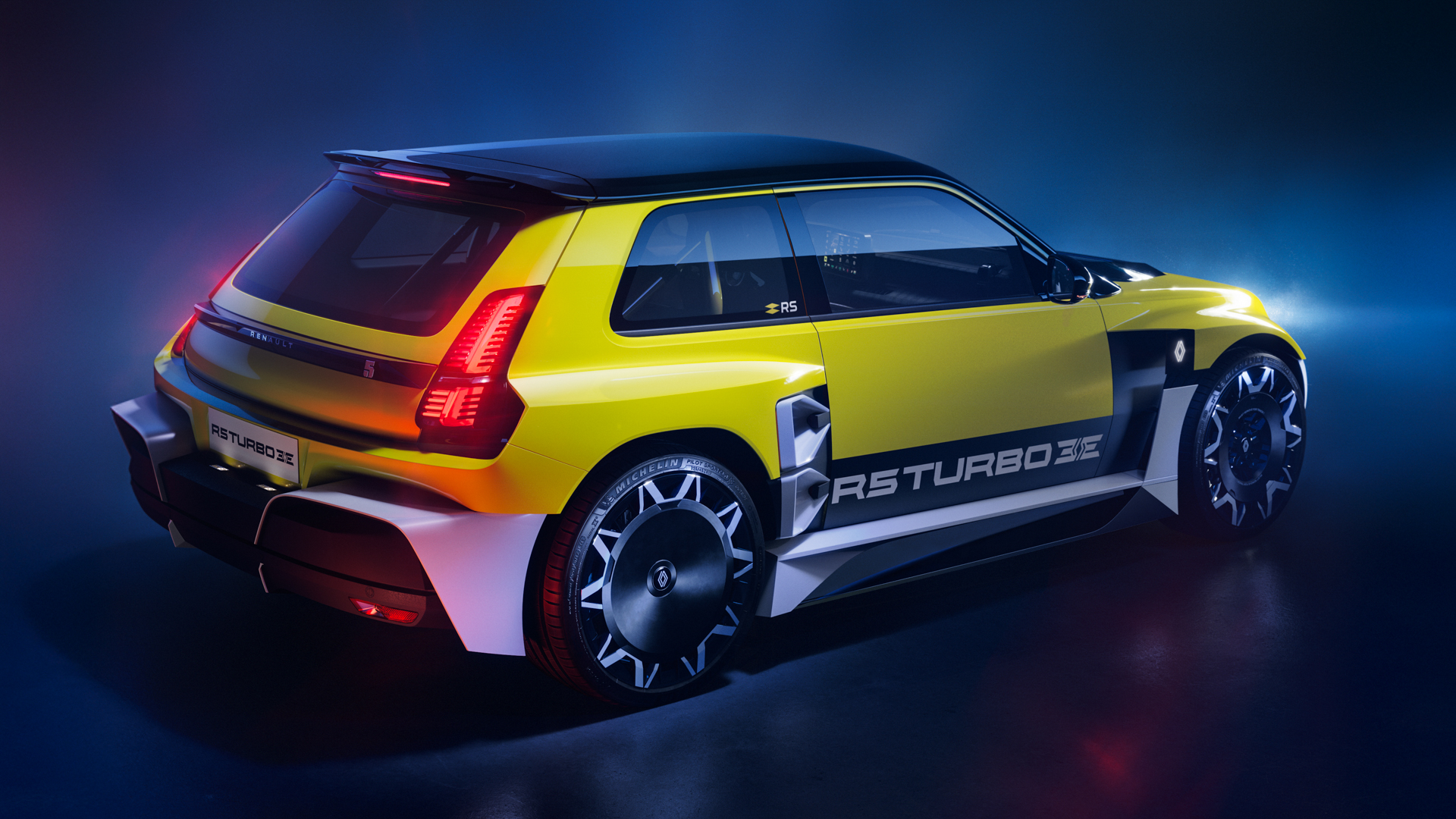 This new Renault EV costs more than a Porsche 911, and I still want one
This new Renault EV costs more than a Porsche 911, and I still want oneThe mad Renault 5 Turbo 3E now has a price, and you’ll need deep pockets
By Alistair Charlton
-
 Hyundai goes after Renault 5 Turbo with wild Insteroid concept
Hyundai goes after Renault 5 Turbo with wild Insteroid conceptElectric cars are boring? Not on Hyundai’s watch, they aren’t
By Alistair Charlton
-
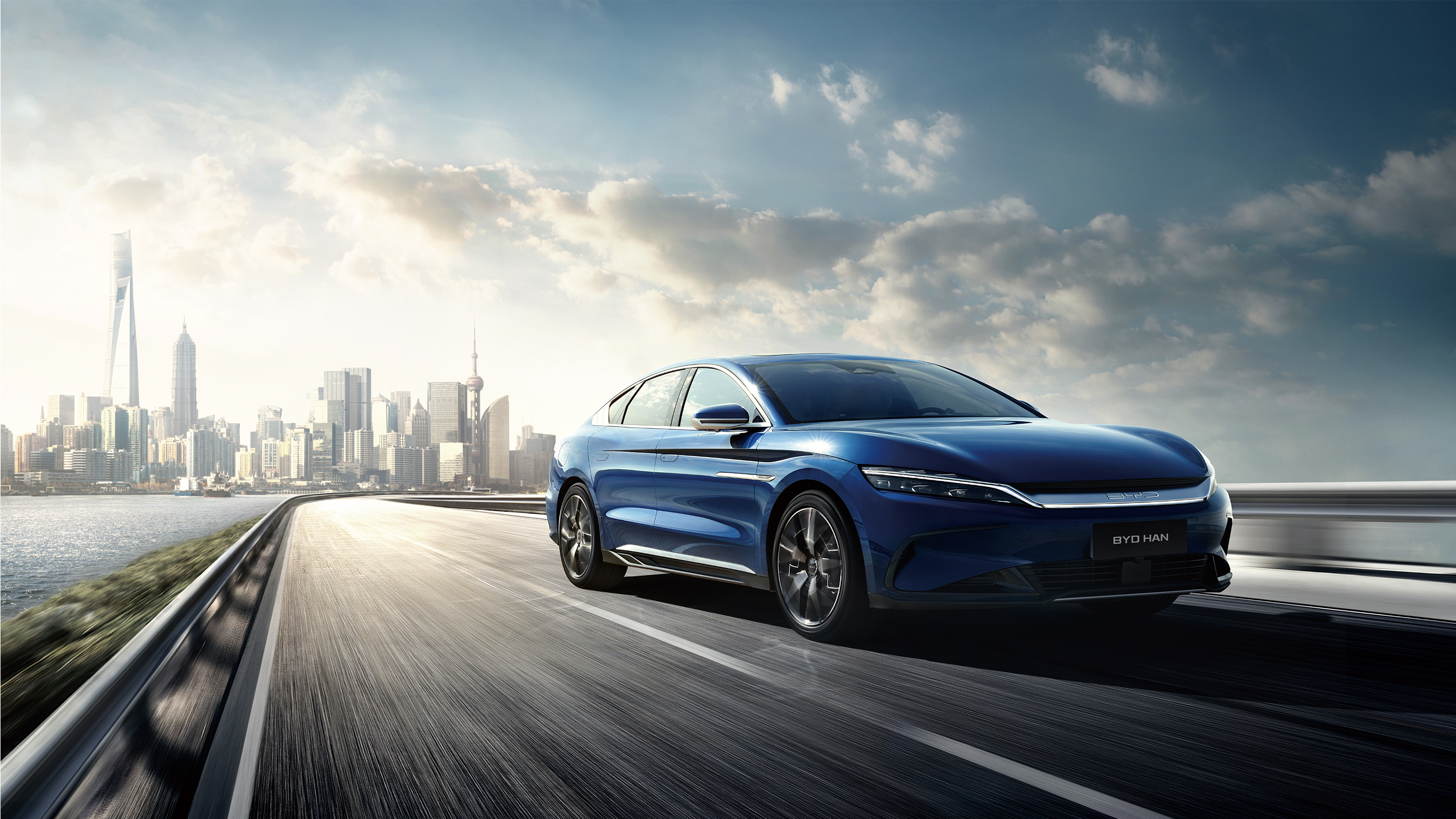 This new EV charger can charge as quickly as filling with petrol at the pump
This new EV charger can charge as quickly as filling with petrol at the pumpBYD's super e-Platform EV charger promises 1,000 kW charging at 1,000 volts
By Alistair Charlton
-
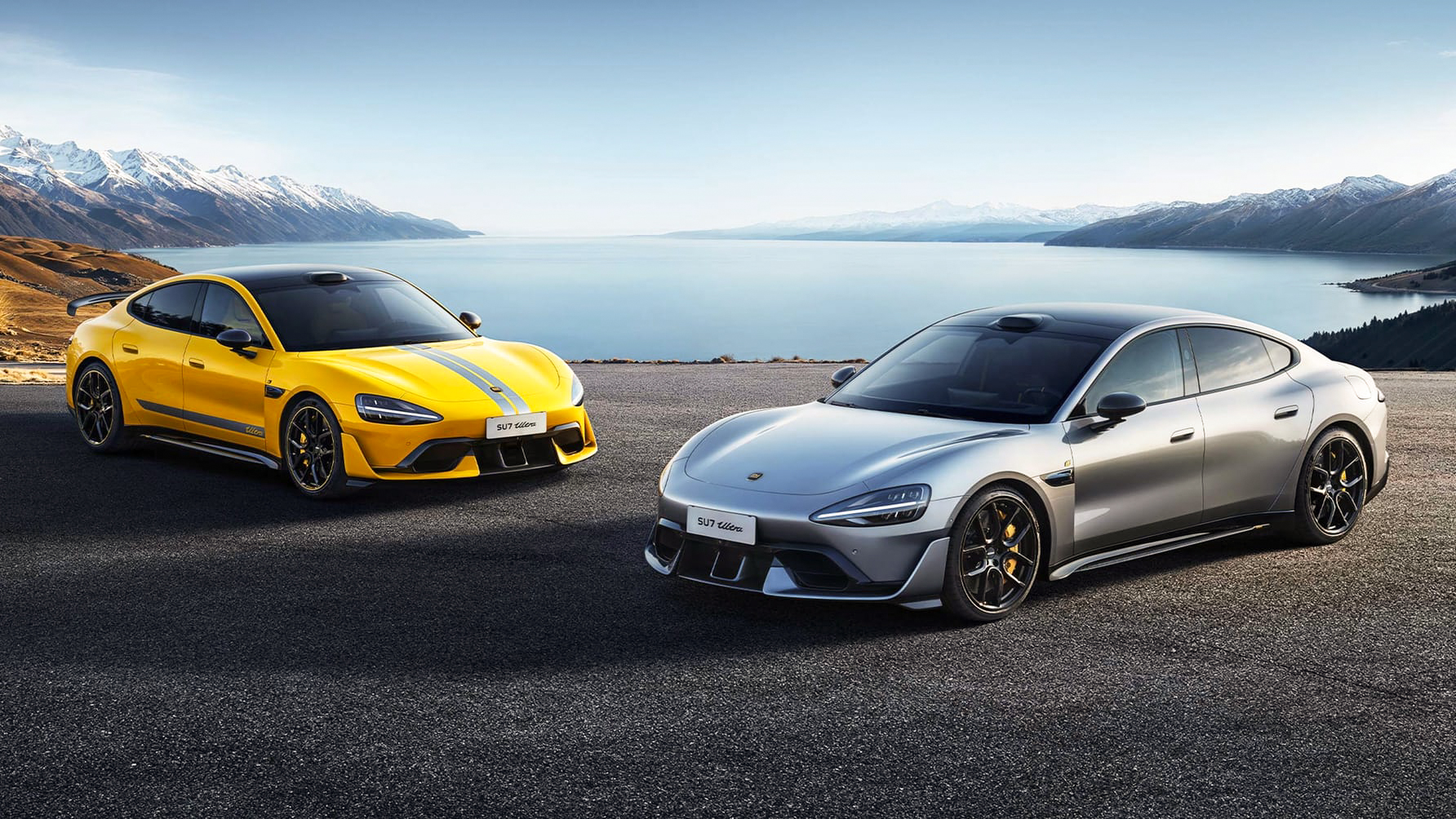 Xiaomi just revealed one of the most interesting EVs of the year
Xiaomi just revealed one of the most interesting EVs of the yearThe Xiaomi SU7 Ultra is a Chinese EV ready to take on Porsche and Tesla
By Alistair Charlton
-
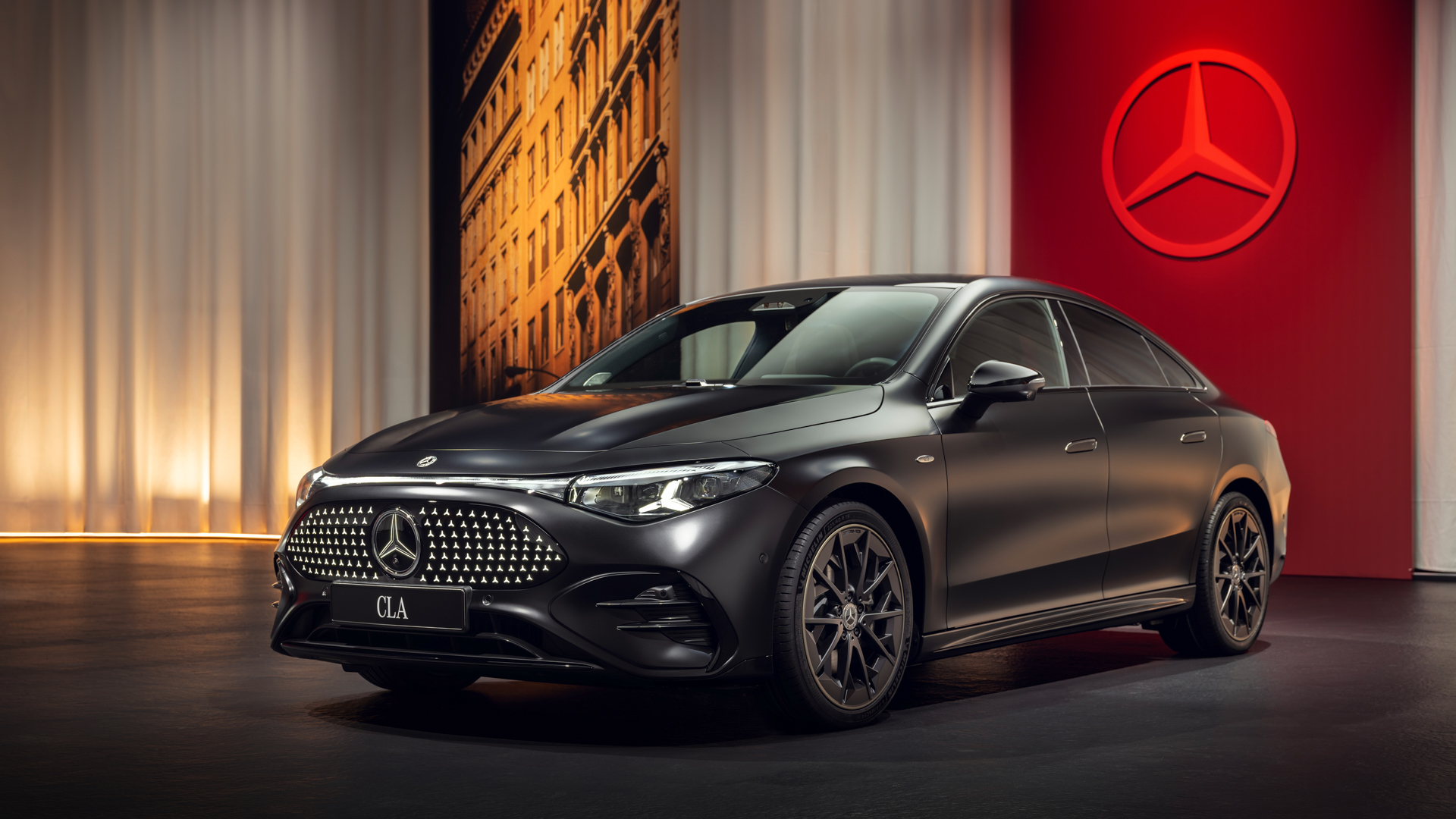 The all-new Mercedes-Benz CLA has AI so smart it wants to be your friend
The all-new Mercedes-Benz CLA has AI so smart it wants to be your friendMercedes’ second generation of electric cars has landed and it's a technology tour de force
By Alistair Charlton
-
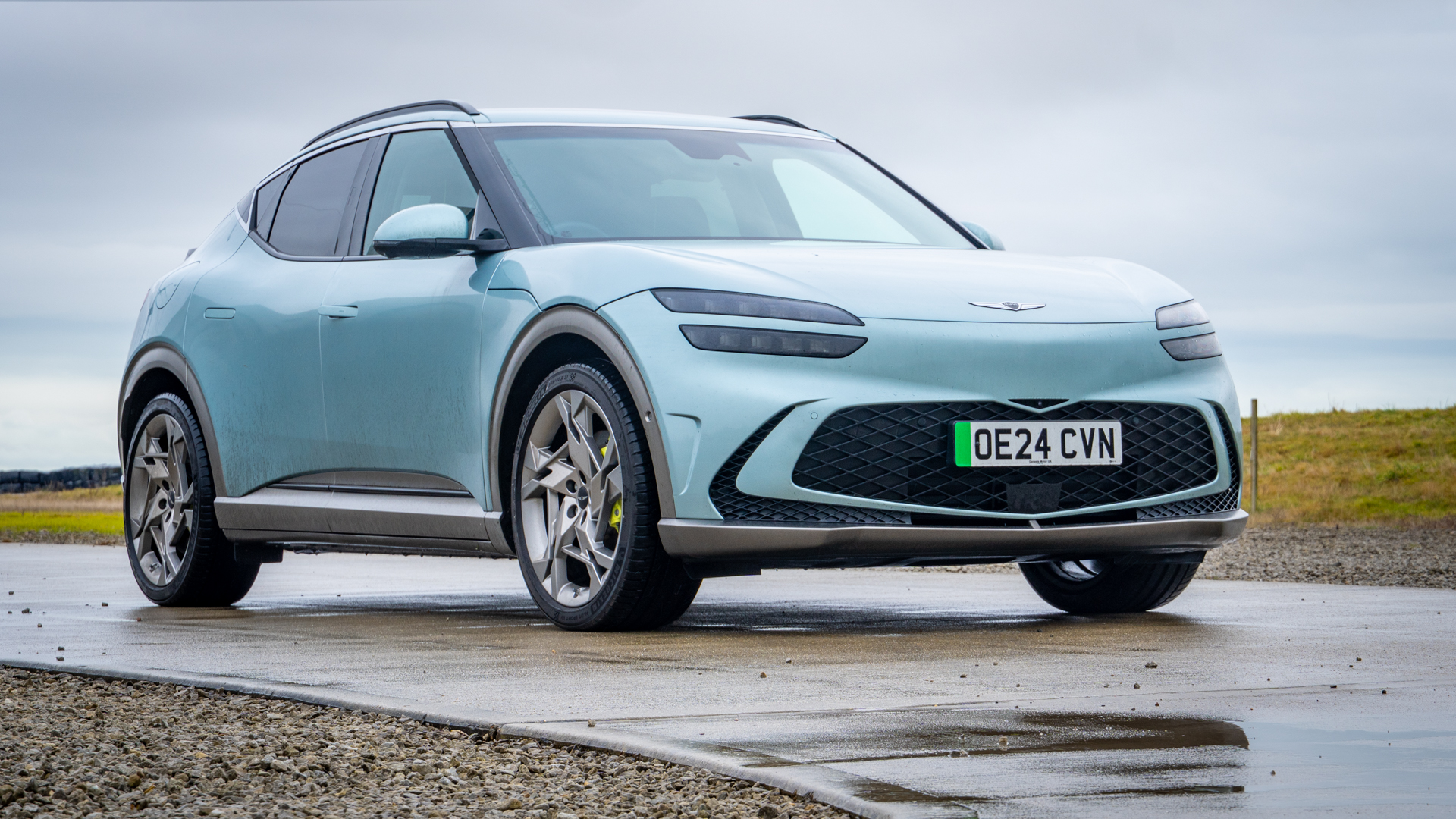 12 things I learnt driving this electric car for six months
12 things I learnt driving this electric car for six monthsHere’s what happened during six months and 4,000 miles with a Genesis GV60
By Alistair Charlton
-
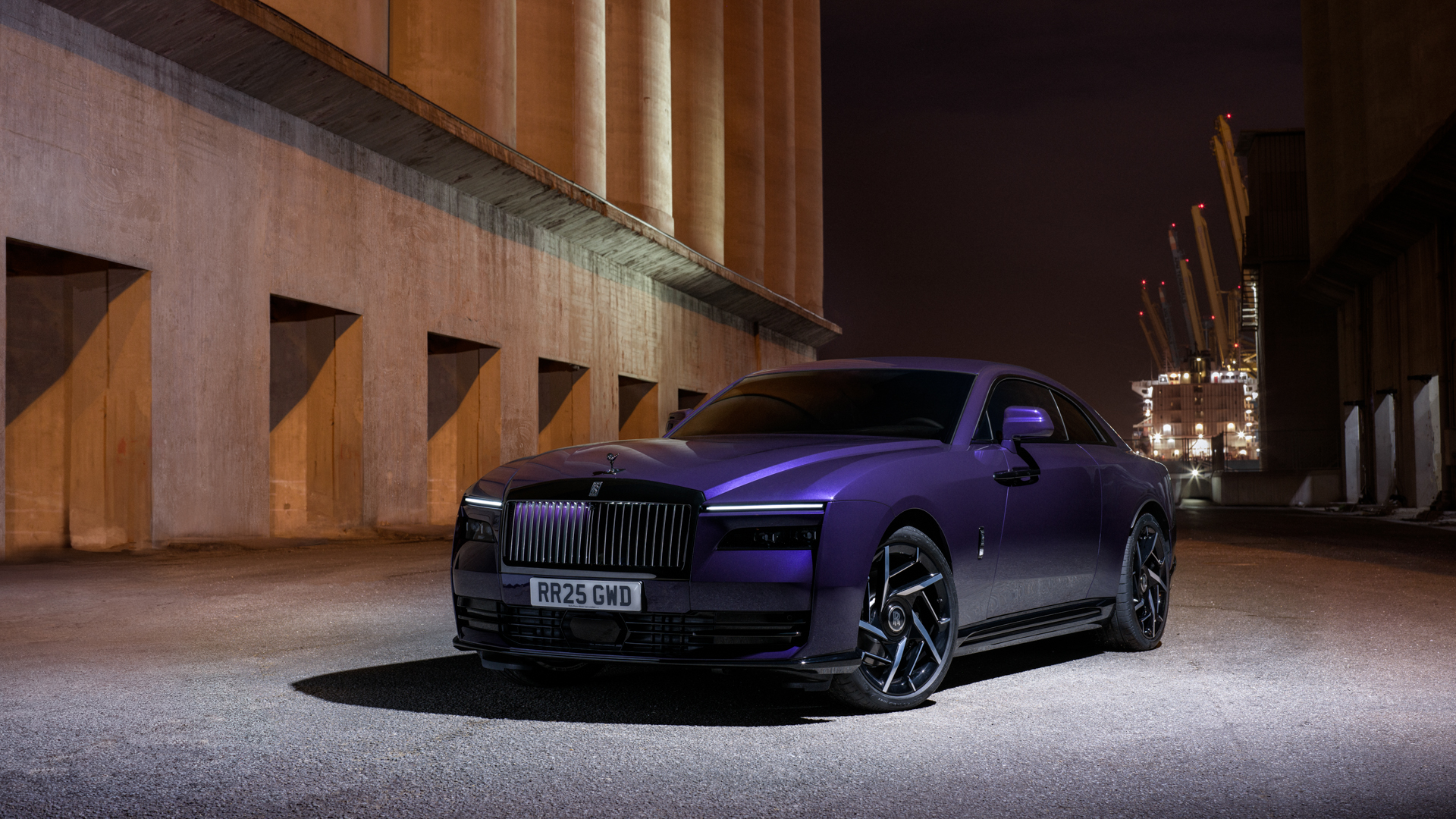 Rolls-Royce gives the electric Spectre a high-performance upgrade
Rolls-Royce gives the electric Spectre a high-performance upgradeThe new Black Badge Spectre is the most powerful Rolls-Royce ever
By Alistair Charlton
-
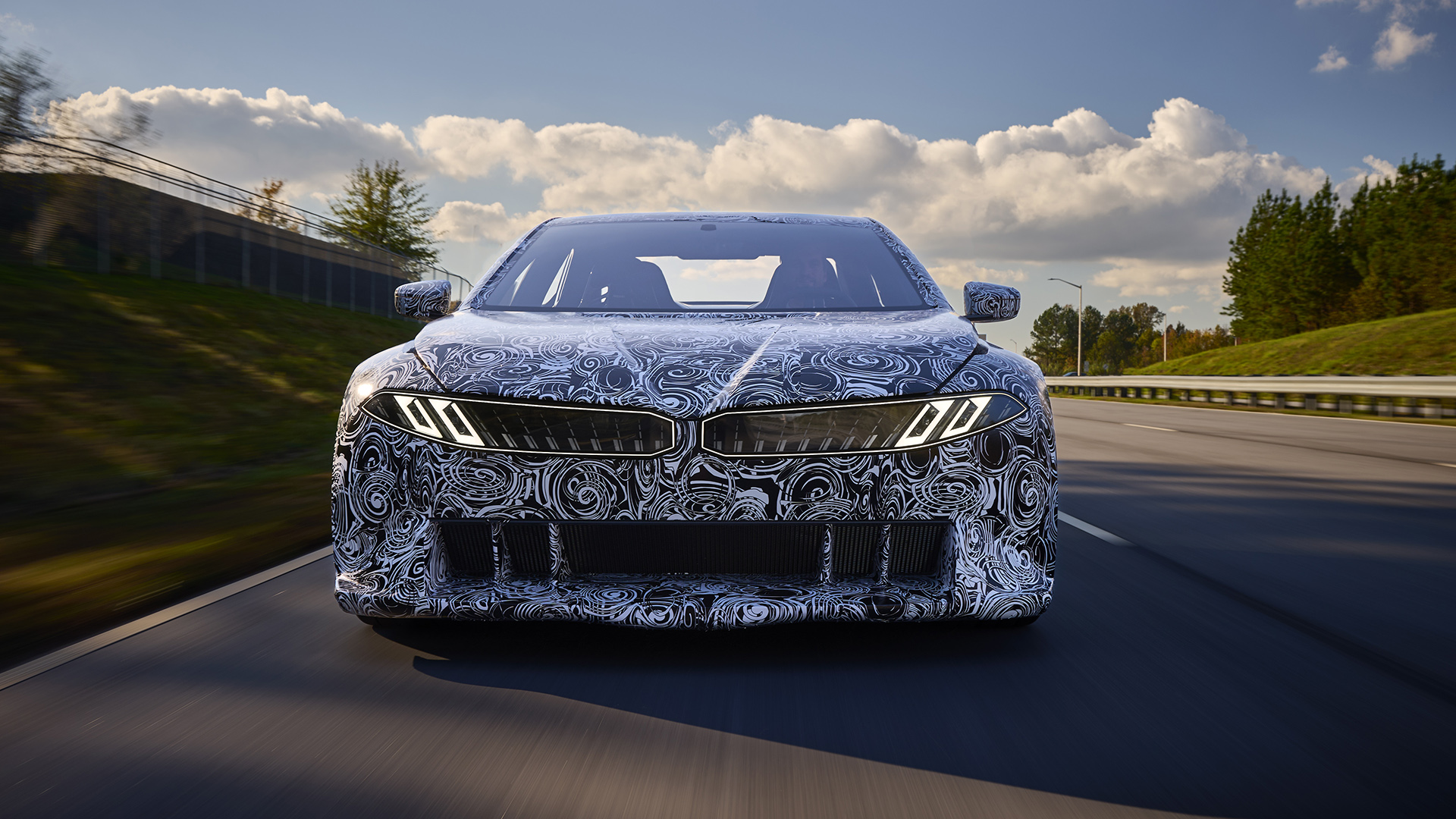 Forget Tesla, this is the most powerful EV I’ve tried by miles
Forget Tesla, this is the most powerful EV I’ve tried by milesThe BMW Vision Driving experience shows just how powerful EVs of the future could be
By Mat Gallagher